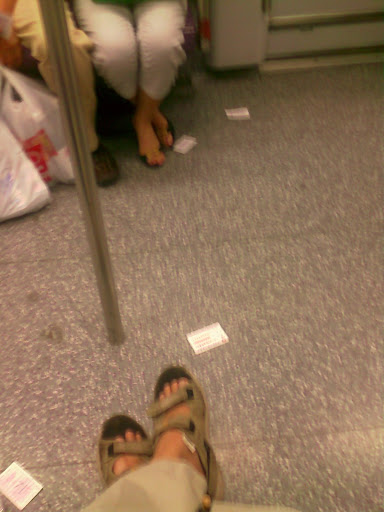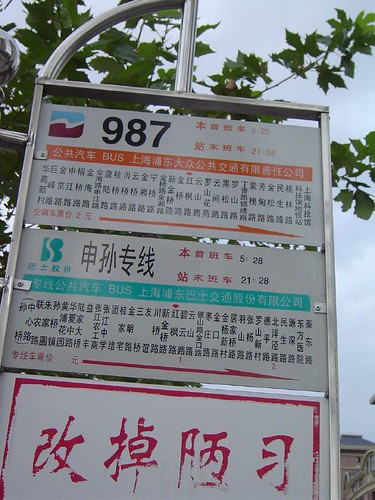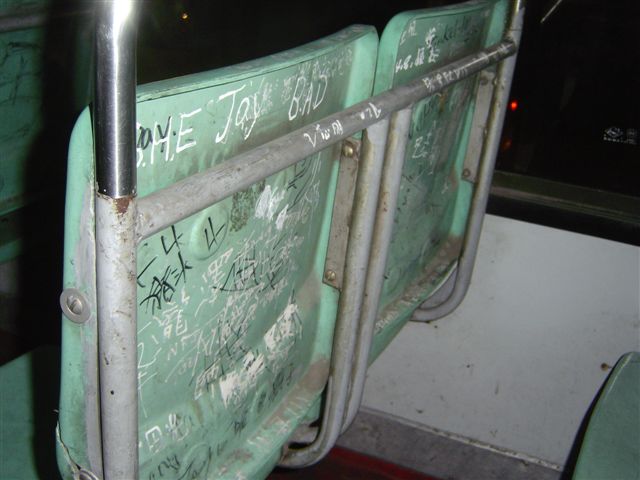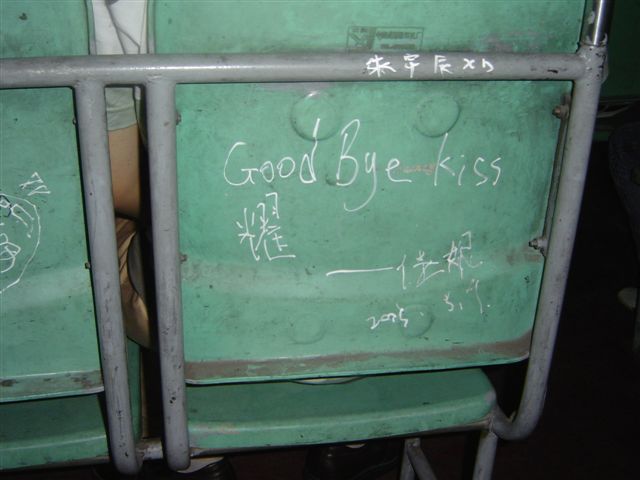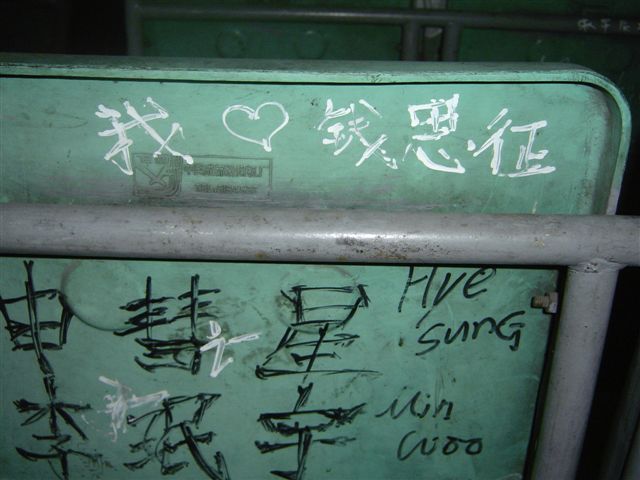I am always happy to receive emails from my readers to tell me that my blog has helped them in some way. No matter how small the note is, I feel very happy about it. Here is another one, and with a quick question to get from one location to another.
Hi JianShuo,
greetings from Singapore!
I am going to Shanghai next month and chanced upon your blog.
I must say that it really offers great advice compared to the expatriate websites online. Your detailed and informative data has offer a perspective that is stereotypically more Asian-oriented. Kinda makes my life easier should my overseas counterparts ask me for directions during our upcoming seminar.
Thus, after utilizing your blog information, I just felt that I need to pen you a compliment and do keep up your good work! (Especially the pickpockets at XiangYang and also the new location. I will just send the links to my counterparts)
Ohya, if you able to answer my query out of your busy time, I need to get to 399 Lujiabang Road from Nanjing West Road train station. It is more realistic to get there by Taxi? I am a firm believer of train travel as it will escape unexpected traffic jams. That’s my lesson learned from my regional/international business travel. The Shanghai Metro map downloaded are either too simplistic without exact line exchanges.
And if you happen to want to visit S’pore, it will be my turn to offer my little advice. :)
Enjoy the cool weather.
Regarding the question from one location to another, like in this question, from Nanjing West Road to Lujiabang Road, my consistent answer was always: take a taxi.
Taxi v.s. Bus v.s Metro
The major realistic ways of traveling in Shanghai is either bus, metro and taxi.
For visitors (especially visitors who don’t know Chinese), Metro is definitely the best option. It is not only reliable, fast, cheap, and comfortable (plus some tourism value), it does not require the visitor to interact with anyone. For taxi, you need to tell the driver where you want to go, and there is pretty high risk that the driver cannot understand you, or even worse, misunderstand what you mean. For bus, you need to find the change first, or talk to an attendant. For metro, even if you need to buy tickets, the English interface ticket vendor machine can help you a lot, and you can take your time to study the route before you buy the ticket. The good thing is, there are more and more Metro, and lines are typically built around most visited places.
However, for most other vast areas, when Metro is not available, visitors need to face the choice of taxi or bus.
I would highly recommend my readers who are the first time visitor to Shanghai. Why? Bus can be better, only if you find out the right bus. If you have the destination printed out in Chinese, taking taxi is much easier. Shanghai is not a very large city in terms of area – the downtown area typically cost you 15-20 RMB (3 USD).
If you do want to take taxi, use Google Map. They provide bus transition tool to help you plan. I always use this tool myself. The route they suggested is very accurate, based on my personal experience in Shanghai so far. They only offer Chinese version.
My Answer to the Question
If you decided to take bus, check out Google Maps. There are many bus routes to get there – just one bus without transition, like bus No. 23. See picture below:

